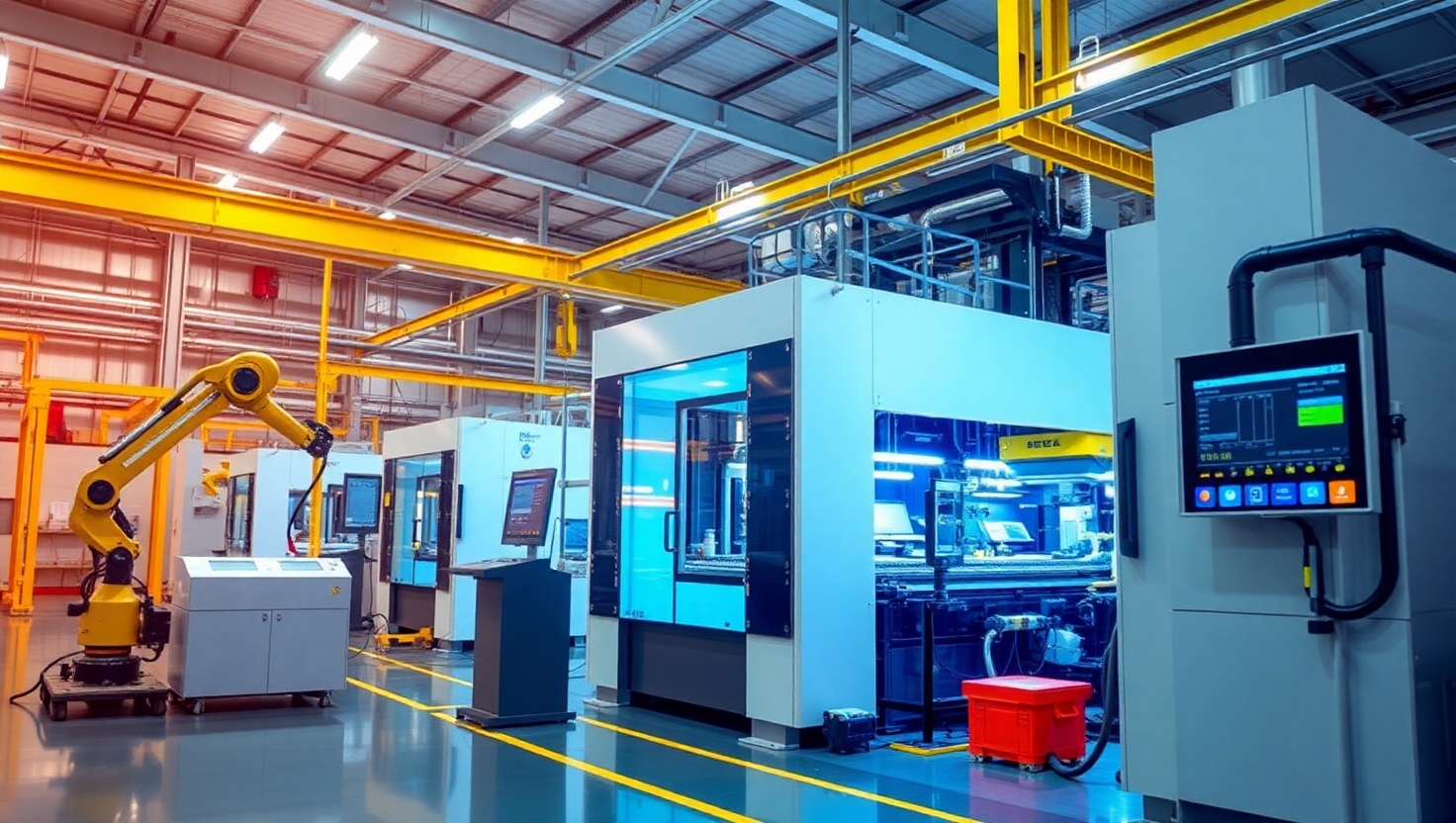Top Innovations in Aluminium Extrusion Presses You Should Know in 2025
Published by: ALUTimes | Date: July 17, 2025
Table of Contents
- Introduction
- The Evolution of Extrusion Press Technology
- AI and Automation in Extrusion
- Hybrid Presses: Electric Meets Hydraulic
- Sustainability-Focused Press Design
- High-Speed Precision Extrusion
- Smart Monitoring and Predictive Maintenance
- Modular and Scalable Press Platforms
- Case Studies: Press Innovation in Action
- What’s Next for Extrusion Presses?
- Conclusion
- Disclaimer
Introduction
Aluminium extrusion technology is evolving faster than ever, driven by demand for high-performance, sustainable, and digitally connected manufacturing. In 2025, extrusion press manufacturers are leveraging AI, IoT, hybrid power, and more to redefine what’s possible in press performance. Whether you’re a plant manager, engineer, or investor, these innovations are shaping your future.
The Evolution of Extrusion Press Technology
Extrusion presses have come a long way from manual operations and basic hydraulic systems. Modern presses now feature digital controls, precise temperature monitoring, and feedback loops that allow real-time adjustment for improved quality and throughput. The latest innovations represent a significant leap forward in control, speed, and environmental efficiency.
AI and Automation in Extrusion
AI integration is transforming extrusion presses into smart manufacturing hubs. Key applications include:
- Automated Profile Correction: Machine learning algorithms detect die shifts or pressure anomalies and auto-correct in milliseconds.
- Intelligent Speed & Force Optimization: AI dynamically adjusts press cycles based on billet alloy, temperature, and complexity.
- Real-Time Defect Detection: Computer vision inspects profiles as they emerge, flagging cracks, distortions, or inconsistencies instantly.
Hybrid Presses: Electric Meets Hydraulic
To reduce energy costs and environmental impact, manufacturers are introducing hybrid presses that combine the force of hydraulics with the precision and energy efficiency of electric drives. Benefits include:
- Up to 30% energy savings
- Lower maintenance with fewer hydraulic components
- Faster response times and smoother pressure curves
Sustainability-Focused Press Design
Environmental responsibility is no longer optional. Today’s presses feature:
- Heat Recovery Systems: Recapture thermal energy from the billet heating process to reduce overall energy consumption.
- Eco-Friendly Lubrication: Use of biodegradable and water-based lubricants.
- Green Certifications: Presses compliant with ISO 50001 and EU emissions standards.
High-Speed Precision Extrusion
Advanced servo and proportional control valves allow extrusion at higher speeds without sacrificing accuracy. This leads to:
- Increased output per shift
- Lower defect rates due to precision flow control
- Better surface finish and profile consistency
Smart Monitoring and Predictive Maintenance
Connected sensors and IIoT (Industrial Internet of Things) enable plant-wide optimization. Benefits include:
- Live tracking of press cycles, die wear, and temperature curves
- Predictive alerts for bearing wear, oil degradation, or hydraulic lag
- Remote diagnostics and firmware updates
Modular and Scalable Press Platforms
Presses are now being designed with modular architecture to allow easier upgrades and scalability. Plants can:
- Start with a basic 1,800-ton line and add automation cells later
- Swap billet loader types or heating chambers without full rebuilds
- Expand capacity by integrating multiple modules in parallel
Case Studies: Press Innovation in Action
Case 1: Hindalco India installed a new hybrid-electric 3,000-ton press in 2024, reducing energy use by 22% while increasing throughput by 15%.
Case 2: Hydro Extrusions Norway uses predictive AI to reduce downtime by 30%, increasing OEE (Overall Equipment Effectiveness) across all production lines.
What’s Next for Extrusion Presses?
In 2025 and beyond, expect greater integration between extrusion and other factory systems like ERP, MES, and CRM. Presses may soon be able to self-calibrate based on incoming order specs, or use generative AI to recommend profile redesigns based on cost or material availability. Additive extrusion and 3D profile forming are also on the horizon.
Conclusion
Innovation in extrusion press technology is redefining efficiency, sustainability, and precision. Whether you’re updating an old line or building a greenfield plant, these advancements offer opportunities to lead in quality and performance. Stay ahead by adopting technologies that not only lower costs but also future-proof your operations for the smart manufacturing era.
Disclaimer
This article is for educational purposes only and is based on current industry trends as of 2025. ALUTimes does not endorse specific brands or machines. Readers are advised to consult qualified engineers and equipment manufacturers before making purchasing or operational decisions.

